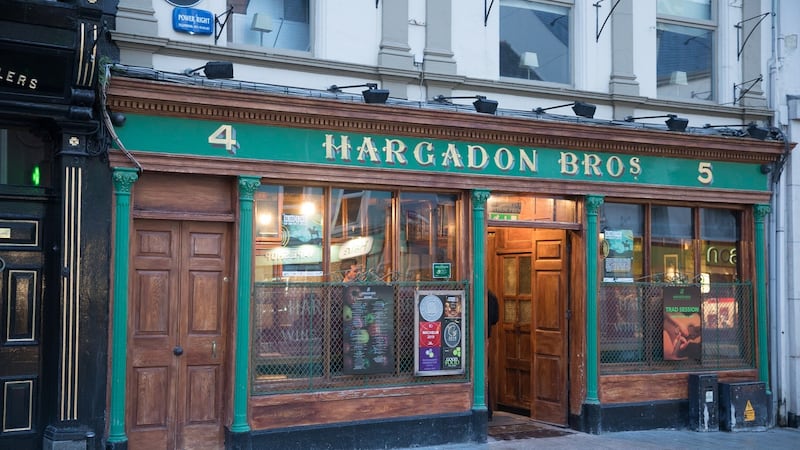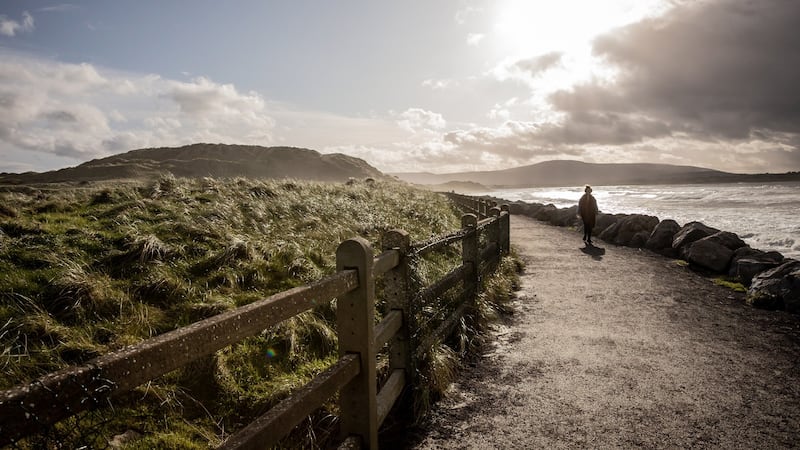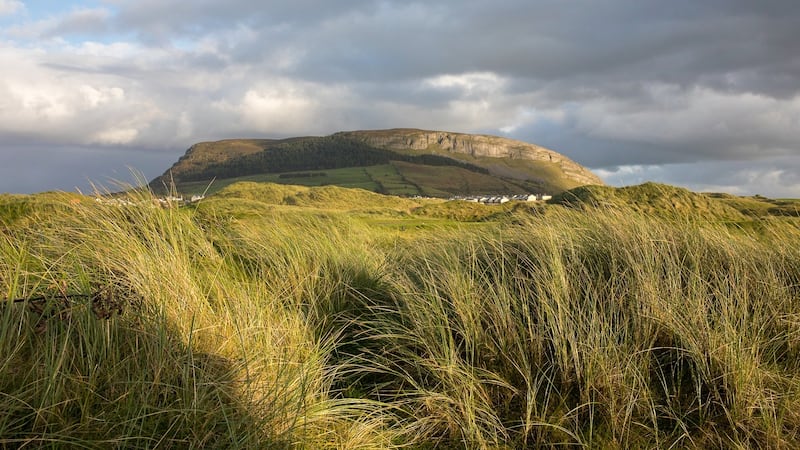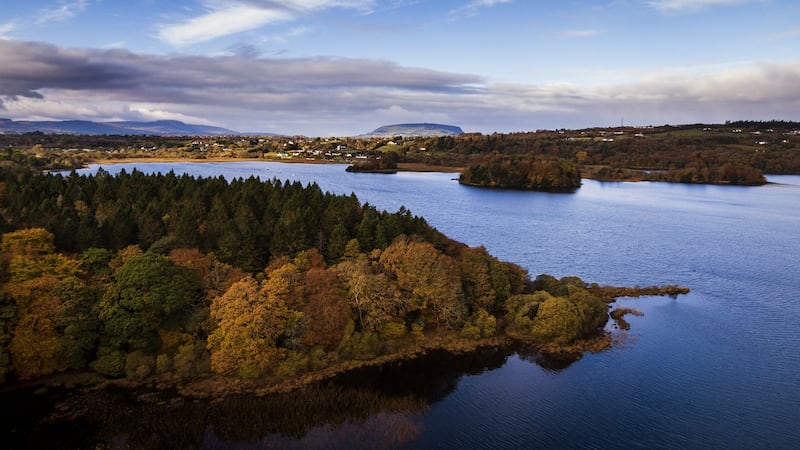Ah, Sligo. So small yet so full of stuff to do. Take Sligo town, its shopfronts and stone bridges and stunning new architecture carefully laid out across both banks of the Garavogue. The impressive collection of modern and contemporary art at the Model (themodel.ie) is worth the trip alone; this year it's celebrating the 150th anniversary of the birth of Jack B Yeats with a series of exhibitions that run right until the end of September.
You can deepen your Yeats knowledge with a guided walk courtesy of Auriel Robinson at Seatrails (seatrails.ie), or you can ditch the arts altogether in favour of a horseback ride on the beach or a themed walk around geology or the Spanish Armada. With multiple degrees and years of heritage experience, Auriel knows of which she speaks.

Reward your efforts with a gelato at Fabio's (Wine Street) or a fine fish meal at the wonderful Hargadon's (4/5 O'Connell Street; hargadons.com) – its uneven flagstone floors and roaring peat fires are everything an Irish pub should be. Another good option – when it reopens – is Gary Stafford's cafe in Lyons department store.
Want some more Yeats connections? Climb to the top of Dooney Rock, a limestone knoll on the southern shores of Lough Gill, about 7km southeast of Sligo town on the R287 and it's a gentle 1.2km stroll (the lakeshore is dotted with little beaches and is a great spot for a swim).
There are gorgeous views of the lake from the top, including the pint-sized Innisfree, which alas you can’t actually arise and go to or explore the bee-loud glade, as per WB Yeats’s poem. But there’s something magical about the whole scene, especially at sundown: for added mysticism you can recite Yeats’s The Fiddler of Dooney and “dance like a wave of the sea”. You wouldn’t be the first.

Immediately west of Sligo town is Strandhill, the county's most popular seaside resort. The beach is a beaut, even if the only way you can get into its waters is on a surfboard: the Sligo Surf Experience (Shore Road; sligosurfexperience.com) has five-day summer Ocean Warrior surf camps available for kids. The southern end of the beach is the most popular for a walk – ice cream from Mammy Johnston's (Shore Road; mammyjohnstons.org) optional but highly recommended – while the sandy path on the northern end leads to the lovely ruins of Killaspugbrone church and the sheltered Nun's Beach.
Your Strandhill experience isn't complete without a visit to Shells (seafront; shellscafe.com), which has outdoor seating, and a dip in the seaweed baths at Voya (voyaseaweedbaths.com) next door, which has seamlessly Covid-proofed its whole booking system to minimise in-person contact (online questionnaire, lots of plexiglass and a one-way system) while keeping the whole bath experience intact.
A seaweed bath is the ideal tonic for tackling Strandhill's best hike, the 6km Queen Maeve trail that starts opposite Sligo Rugby Club and brings you to the summit of the 300m-high Knocknarea, crowned by the cairn that is believed to be the burial site of Queen Maeve herself (the site has never been excavated, despite speculation there might be a Newgrange-sized tomb here). Neolithic mysteries aside, the views from the top – of Benbulben, Rosses Point and the crashing Atlantic beyond – are wonderful. Just don't touch the rocks!
Another tomb that wasn't properly investigated is in the cemetery at Drumcliff, but while it is no longer assumed that Yeats is buried there, reading the famous epitaph and then gazing on the famous shape of Benbulben is still a moving experience.
A word about Sligo’s most famous natural feature: Benbulben isn’t really fit for climbing. You have to cross private land and scaling it can be dangerous unless you’re with an experienced climber who knows what they’re doing. Much better is to take the 5km ramble through Benbulben forest, which rewards you with the best views of the mountain – right below its distinctive head.

Sligo's prehistoric bona fides are virtually unparalleled: besides the pile on Knocknarea you can explore the Neolithic sites at Carrowmore (heritageireland.ie) – one of the largest Stone Age cemeteries in Europe – and Carrowkeel, a stunning spot high in the Bricklieve mountains that is as spectacular as it is undeveloped. The views of southern Sligo and distant Lough Arrow from the 2km walk from the car park (5km south of Sligo town on the R295) make the journey worthwhile. But pay attention to the roof box over the entrance to Cairn G, which is aligned with the midsummer sunset just as Newgrange is aligned with the winter one.
For more contemporary pastimes, the Sligo shoreline is a major surf spot – and not just at Strandhill. To the south, there’s Enniscrone and Easky: in the latter, be sure to pick up a picnic basket full of homemade goodies from Pudding Row.

North of Sligo town, Rosses Point is a quieter alternative to Strandhill; it's also home to County Sligo Golf Club (countysligogolfclub.ie), one of the best links courses in Ireland with an especially dramatic setting in full sight of Benbulben.
Further north, close to the border with Leitrim, is Mullaghmore, a family-friendly seaside resort where you can engage in all kinds of adventure sports from mountain biking to coasteering with Mullaghmore Adventures (mullaghmoreadventures.com) or watch the big-wave surfing off the shores of Mullaghmore Head. And then work off the hunger at the wonderful Eithna's by the Sea (eithnasrestaurant.com); in fine weather you can take your plate of fresh seafood and sit out by the harbour.



















